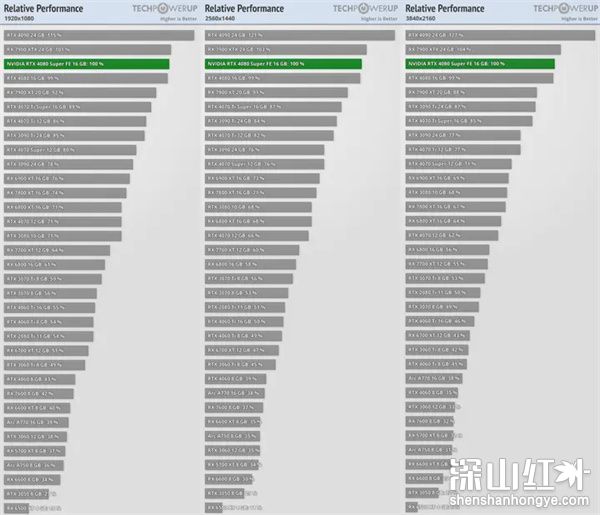从零实现
import torch
import random
def synthetic_data(w, b, num_examples):
"""生成 y=Xw + b + 噪声"""
X = torch.normal(0, 1, (num_examples, len(w)))
y = torch.matmul(X, w) + b
y += torch.normal(0, 0.01, y.shape)
return X, y.reshape((-1, 1))
def data_iter(batch_size, features, labels):
num_examples = len(features)
indices = list(range(num_examples))
random.shuffle(indices)
for i in range(0, num_examples, batch_size):
batch_indices = torch.tensor(indices[i:min(i+batch_size,num_examples)])
yield features[batch_indices],labels[batch_indices]
def linear(X,w,b):
"""定义模型"""
return torch.matmul(X,w)+b
def squared_loss(y_hat,y):
return (y_hat-y.reshape(y_hat.shape))**2/2
def sgd(params, lr, batch_size):
"""小批量梯度下降"""
with torch.no_grad():
for param in params:
param -= lr*param.grad/batch_size
param.grad.zero_()
if __name__ == '__main__':
true_w = torch.tensor([2, -3.4])
true_b = 4.2
features, labels = synthetic_data(true_w,true_b,1000)
w = torch.normal(0,0.01,(2,1),requires_grad=True)
b = torch.zeros(1,requires_grad=True)
lr = 0.03
num_epochs = 3
batch_size = 15
net = linear
loss = squared_loss
for epoch in range(num_epochs):
for X, y in data_iter(batch_size,features,labels):
y_hat = linear(X,w,b)
loss = squared_loss(y_hat,y)
loss.sum().backward()
sgd((w,b),lr,batch_size)
with torch.no_grad():
train_l = squared_loss(net(features,w,b),labels)
print(f'epoch{epoch+1},loss{float(train_l.mean()):f}')
"""
output:
epoch1,loss0.362755
epoch2,loss0.008698
epoch3,loss0.000259
"""
简洁实现
import torch
from d2l import torch as d2l
from torch.utils import data
from torch import nn
def load_array(data_arrays, batch_size, is_train=True):
"""构建一个pytorch数据迭代器"""
dataset = data.TensorDataset(*data_arrays)
return data.DataLoader(dataset, batch_size, shuffle=is_train)
if __name__ == '__main__':
true_w = torch.tensor([2, -3.4])
true_b = 4.2
features , labels = d2l.synthetic_data(true_w, true_b, 10000)
batch_size = 10
data_iter = load_array((features,labels),batch_size)
print(next(iter(data_iter)))
net = nn.Sequential(nn.Linear(2,1))
net[0].weight.data.normal_(0,0.01)
net[0].bias.data.fill_(0)
loss = nn.MSELoss()
trainer = torch.optim.SGD(net.parameters(),0.03)
num_epoch = 3
for epoch in range(num_epoch):
for X,y in data_iter:
l = loss(net(X),y)
trainer.zero_grad()
l.backward()
trainer.step()
l = loss(net(features),labels)
print(f'epoch{epoch+1},loss{l:f}')
print(net[0].weight.data)
"""
output:
epoch1,loss0.000099
epoch2,loss0.000100
epoch3,loss0.000099
tensor([[ 1.9998, -3.4005]])
"""






